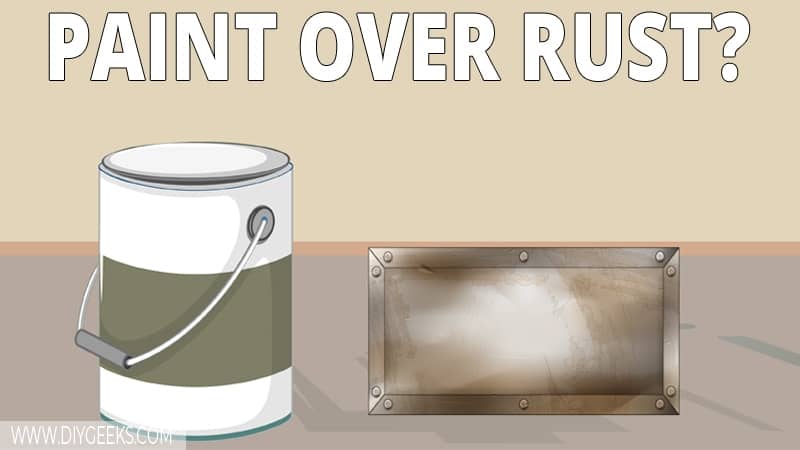You can paint over rust, but you must remove the rust to ensure a long-lasting paint finish. It’s not recommended to paint directly over rust without removing or fixing the underlying causes as it can prevent proper paint adhesion.
To paint over rust, remove the rust, sand the surface, clean the metal, fix the metal, apply primer, and apply paint.
Paint can stop rust from creating as it forms a barrier that prevents moisture or oxygen from coming in direct contact with the metal surface. However, paint can’t stop, prevent, or remove existing rust that has already spread or damaged the surface.
Do You Have to Remove Rust Before Painting?
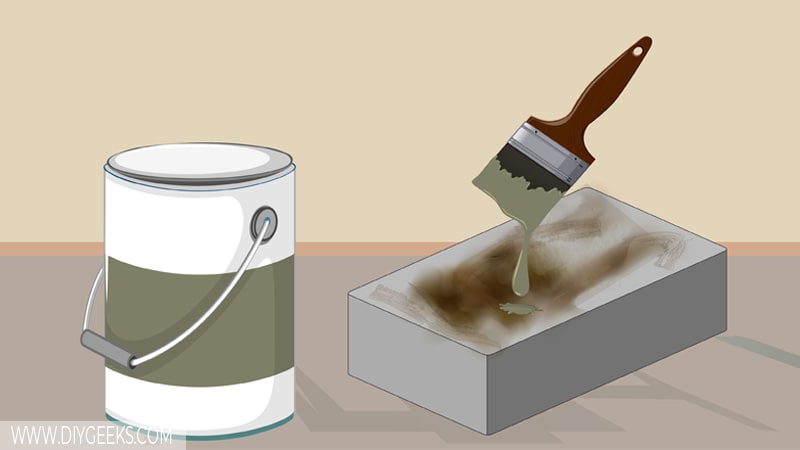
You have to remove significant rust before painting as it can prevent proper paint adhesion, resulting in a cracked paint finish. It’s not recommended to paint over rust that has caused structural damage as the paint finish won’t last long.
You don’t have to remove minor surface rust before painting — simply apply rust-resistant primer followed by a high-quality paint coat. This prevents the rust from spreading and creates a smooth paint finish.
If you should remove rust before painting also depends if you are dealing with structural rust or cosmetic rust. If it’s structural rust, you must remove it and fix the underlying source, helping paint adhere better. If it’s cosmetic rust, you can paint over it.
Does Paint Stop Rust?
Paint can stop rust as it forms a barrier between the metal surface and the environment, preventing oxygen and moisture from directly contacting the metal.
However, painting over existing rust won’t fix the issue or stop it from spreading and can cause the paint to crack or peel off.
Rust-resistant paint or primers are made with special additives that can prevent rust from spreading. But, they only work if the rust hasn’t damaged the metal frame.
How To Paint Over Rust?
To paint over rust, do the following things.
- Remove the Rust.
- Sand the Surface.
- Clean the Metal.
- Repair the Metal (Optional).
- Apply Primer.
- Apply Paint.
The tools you need for this project are listed below.
- A scraper or trowel
- Primer
- Metal Filler
- Sandpaper
- Clean rags
- Vinegar
- Metal paint
1. Remove the Rust
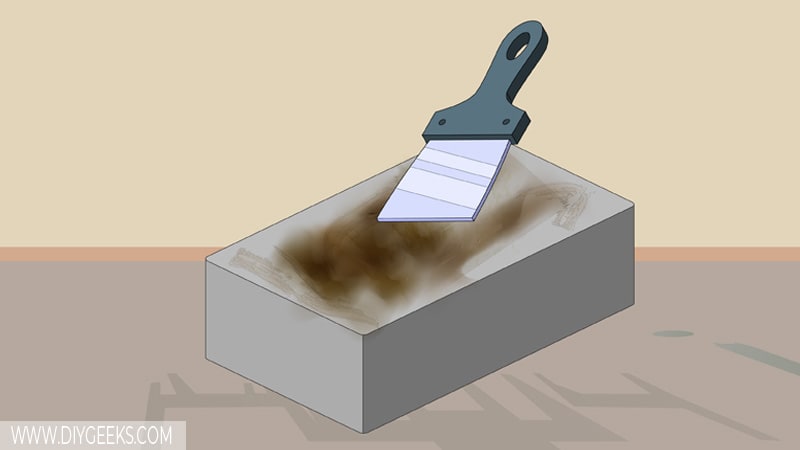
Remove the rust from the metal surface before painting over it. To remove rust, use a flat metal scraper.
It’s recommended to find the rust source (the causing issue) and fix it to prevent additional rust from creating.
2. Sand the Surface
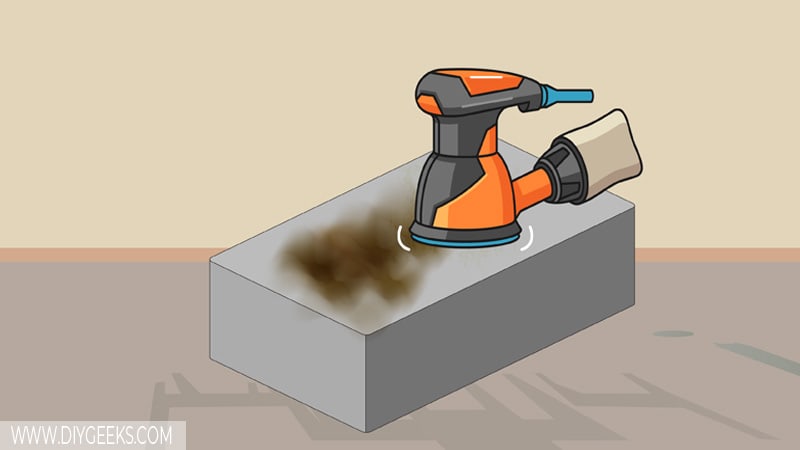
Sand the surface to remove loose rust particles, surface imperfections and bumps, and make the metal paint-ready. To sand metal before painting, use fine-grit sandpaper (220-grit).
If you don’t sand metal before painting the following things will happen.
- Loose rust particles prevent paint from adhering.
- Surface imperfections and stains will bleed through the paint finish.
- The paint finish can peel off.
3. Clean the Metal
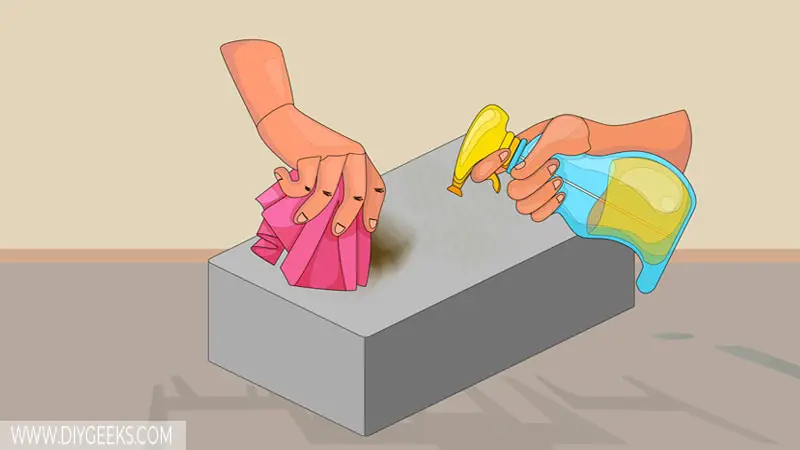
Clean the metal surface to remove any leftover rust, dust, dirt, or stains that can prevent proper paint adhesion.
To clean the metal before painting, do the following things.
- Use warm soapy water, vinegar, or rubbing alcohol.
- Damp a rag with a solvent-based cleaner.
- Use the dampened rag to wipe the metal surface.
- Use a scrubbing brush to remove the stubborn stains.
- Pour clean water over the metal.
- Allow the metal to properly dry.
4. Repair the Metal (Optional)
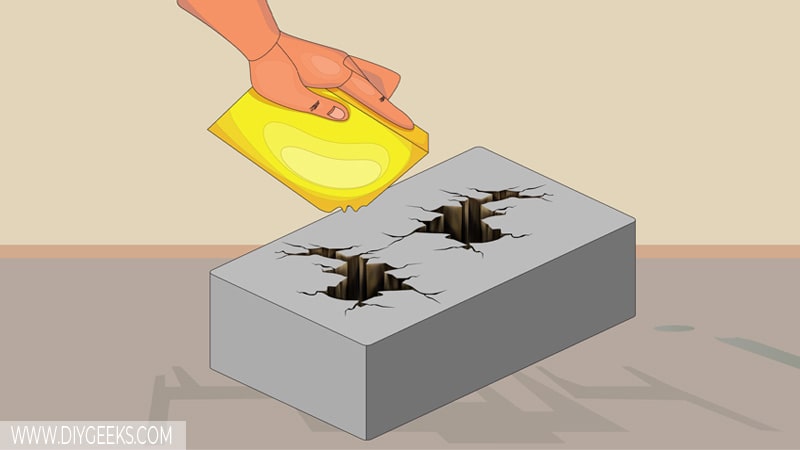
Repair a metal surface with metal filler if it has holes or is damaged. The metal filler is a paste-like product that fills and seals surface holes to create a uniform layer.
5. Apply Primer
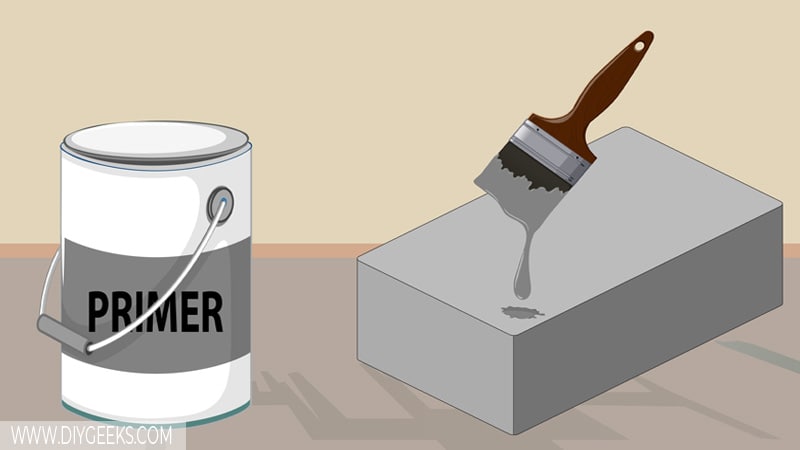
Apply two (2) rust-resistant primer coats over the metal surface. The rust-resistant primers are specially designed to prevent rust from spreading.
6. Apply The Paint
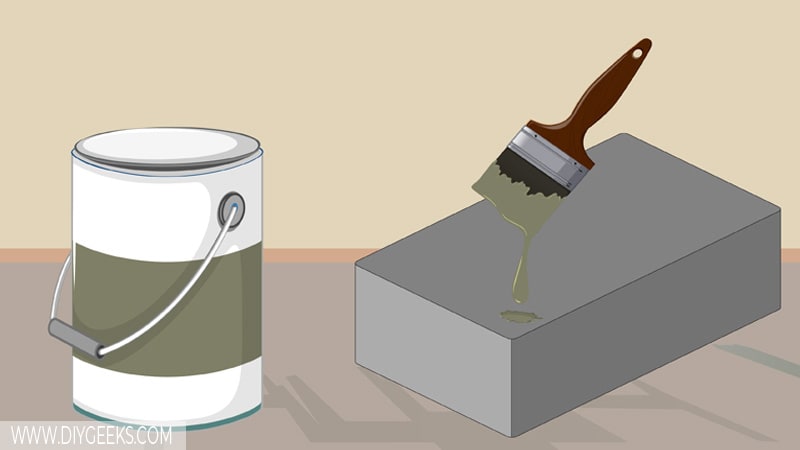
Apply 2-3 metal paint coats over the metal surface. Metal paint is specially made to adhere to metal surfaces and prevent rust from growing.
Seal the paint finish with polyurethane or varnish to prevent moisture or oxygen from coming in direct contact with the metal surface.
